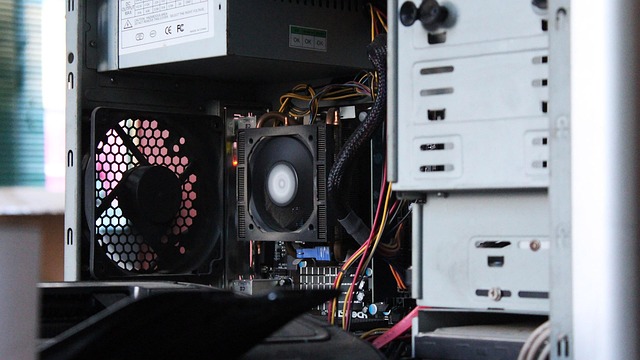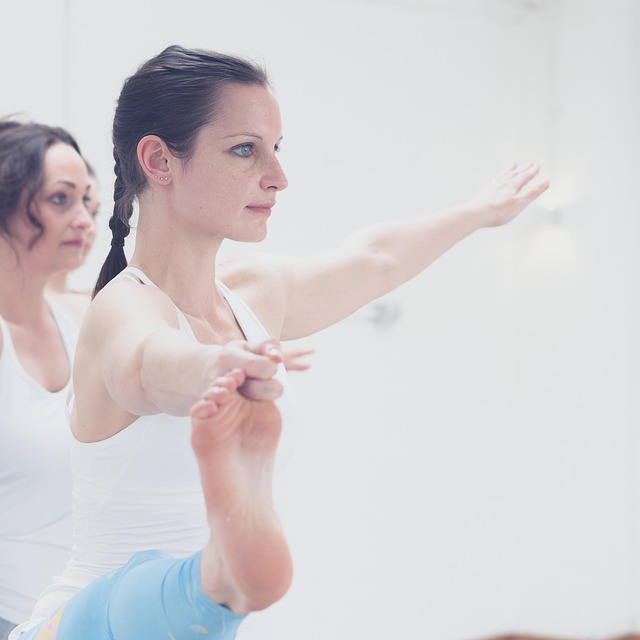The evolution of digital imaging has long been intertwined with the development of the processor at the heart of every camera. In recent years, a wave of processor innovations has reshaped how exposure is determined, calibrated, and applied, enabling photographers to capture scenes with unprecedented precision. These advances go beyond simple computational speed; they involve sophisticated algorithms, machine learning models, and real‑time data fusion that together deliver exposure outcomes that were previously only attainable through manual adjustments or post‑processing.
From Analog to Digital: The Processor’s Legacy
Historically, exposure control was a mechanical dance between the aperture, shutter speed, and ISO. With the advent of digital cameras, the processor became the central arbiter, translating light intensity into a digital representation. Early processors relied on basic histogram analysis to set exposure, often leading to over‑exposed highlights or under‑exposed shadows. Today’s processors, however, perform multi‑layered analysis, combining sensor data with scene context to produce balanced exposures across complex lighting conditions.
- Enhanced dynamic range handling through adaptive exposure mapping.
- Real‑time identification of high‑contrast zones for targeted adjustments.
- Predictive exposure estimation based on scene recognition.
Machine Learning Meets Exposure
Artificial intelligence has entered the realm of exposure control, allowing processors to learn from vast image datasets. By training on millions of scenes, these models can anticipate how a photographer would manually adjust exposure for a given composition. Consequently, the processor can pre‑emptively fine‑tune settings before the shutter opens, reducing the need for iterative exposure bracketing.
“The processor’s intelligence has turned exposure from a reactive task into a proactive one, ensuring that the image is optimally exposed the moment the camera’s sensor begins to capture light.”
High‑Resolution Sensors and Processor Demands
Modern cameras feature sensors that exceed 50 megapixels, generating a flood of raw data every frame. Processing this data in real time requires substantial computational horsepower. Processors now incorporate parallel processing units, dedicated image signal processors (ISPs), and high‑bandwidth memory architectures to manage the data throughput without compromising latency.
These hardware improvements allow the processor to execute complex exposure algorithms—such as HDR tone mapping and multi‑frame exposure blending—without delay. Photographers can therefore capture scenes with intricate lighting in a single shot, confident that the processor will handle the exposure nuances.
Dynamic Range Expansion Through Dual‑Processor Architectures
Some camera systems now employ dual processors: one dedicated to core image capture and the other to advanced computational photography. This separation enables simultaneous exposure adjustment and noise reduction, even in challenging low‑light environments. By delegating tasks, the processor ensures that exposure calculations are not bottlenecked by other processes, leading to cleaner, more accurate results.
Smart Exposure Modes: Adaptive and Scene‑Based Profiles
Processors have introduced adaptive exposure modes that automatically adjust settings based on real‑time scene analysis. When the camera detects a back‑lit subject, the processor may widen the aperture or extend the shutter time to capture detail in the subject’s silhouette, while simultaneously protecting the background from over‑exposure.
Scene‑based profiles—such as “Sunset,” “Portrait,” or “Sports”—leverage pre‑configured algorithms tailored to specific lighting scenarios. These profiles are continually refined through firmware updates, ensuring that processors remain at the cutting edge of exposure science.
Integration With Lens Technologies
Processors now collaborate more closely with lens firmware, sharing metadata such as focus distance, aperture speed, and optical distortion characteristics. This cooperation allows for more precise exposure calculation, particularly in macro photography where depth of field is razor‑thin. By considering lens parameters, the processor can pre‑adjust exposure to compensate for expected blur or vignetting, resulting in images that are both sharp and accurately lit.
Low‑Light Performance and Processor Innovations
Exposure accuracy in low‑light conditions has traditionally been a challenge due to increased sensor noise and limited dynamic range. Recent processors address this by integrating noise‑adaptive exposure algorithms that adjust ISO settings on the fly. By analyzing the noise profile of each frame, the processor can choose an ISO that balances detail preservation with acceptable noise levels.
Furthermore, processors employ real‑time denoising techniques that work in tandem with exposure calculation. This synergy ensures that even in dim environments, the final image retains the intended brightness and tonal fidelity.
Time‑Based Exposure Correction
For moving subjects, processors now apply time‑based exposure correction that accounts for motion blur. By predicting the trajectory of a fast subject, the processor can slightly adjust shutter speed or apply selective exposure to preserve sharpness without sacrificing overall exposure balance. This capability is especially valuable in sports and wildlife photography.
Future Horizons: Quantum and AI‑Driven Processors
Looking ahead, researchers are exploring quantum processors that could process sensor data at unprecedented speeds, potentially enabling instant exposure adjustments even in the most demanding shooting conditions. Parallelly, AI models are being fine‑tuned to understand emotional intent, allowing processors to tailor exposure for the mood a photographer intends to convey.
As these technologies mature, the line between hardware and software in exposure control will blur further, placing even more power in the hands of the processor.
Conclusion: The Processor as the Modern Exposure Maestro
The processor has transitioned from a mere computational engine to a sophisticated exposure maestro, orchestrating light, sensor data, and scene context to produce images that honor the photographer’s vision. Each innovation—be it faster parallel cores, machine learning algorithms, or sensor‑processor symbiosis—has expanded the envelope of what can be achieved in a single exposure.
For photographers, this means fewer compromises between creative intent and technical constraints. The processor’s role is no longer a background function but a visible ally that ensures every shutter click captures light with the utmost accuracy and artistic integrity.



